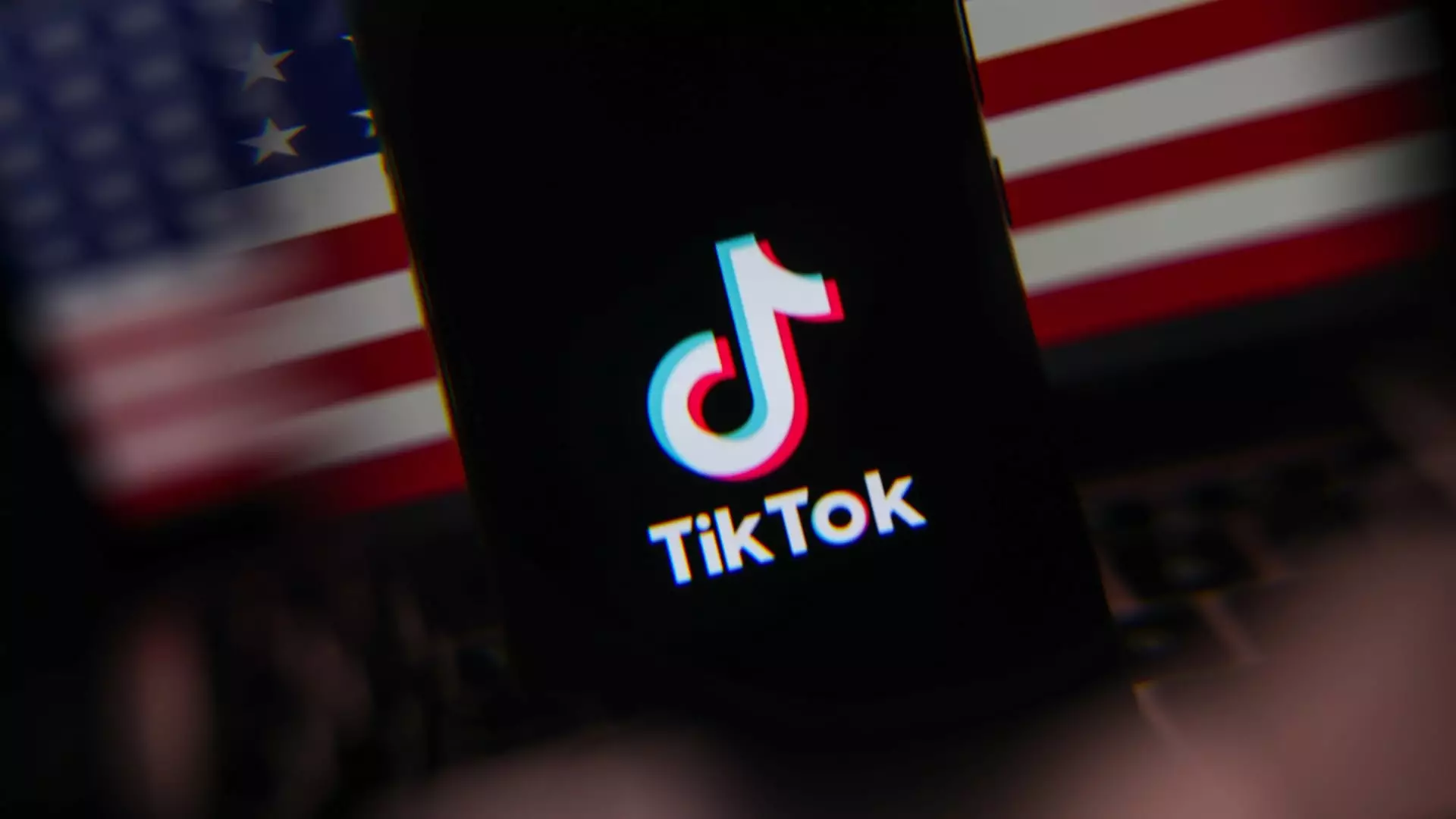TikTok, the wildly popular social media platform, made its much-anticipated return to the Apple and Google app stores on Thursday after a brief yet impactful absence. This comes on the heels of a series of legal and political maneuvers that nearly culminated in the app’s removal from the U.S. market altogether. The saga began on January 18 when TikTok’s management decided to suspend its service within the United States as a direct response to the implementation of a national security law that threatened the app’s operational legitimacy.
The prolonged absence was not just an inconvenience for its vast user base but also highlighted the growing tensions between U.S. authorities and foreign-owned technology entities. With over 170 million users in the United States, the stakes were undeniably high, both for TikTok and for the national security apparatus seeking to enforce regulations that some viewed as overly aggressive.
The Protecting Americans from Foreign Adversary Controlled Applications Act
This legislation, signed into law by former President Joe Biden, requires China-based ByteDance, TikTok’s parent company, to divest its American operations or face a potential ban. Many experts have called this act draconian, claiming it borders on censorship and could outline a precedent for suppressing foreign applications based on dubious security allegations. TikTok contended that such actions were infringing upon the First Amendment rights of American citizens who enjoy the app, characterizing the government’s stance as misguided and rooted in hyperbole regarding national security threats.
On the legal front, the Supreme Court sided with the Biden administration in January, validating the government’s call for ByteDance’s divestiture over concerns surrounding data collection and potential foreign influence. This decision was pivotal; it provided the government with the legal backing needed to act decisively, signaling that the app’s days in its existing form were numbered unless significant changes were made.
Despite the Supreme Court’s ruling, the saga took an unexpected twist when former President Donald Trump intervened. On his first day in office, he signed an executive order that extended the deadline for compliance with the law by an additional 75 days. Trump’s statement on his Truth Social platform hinted at a potential compromise—the idea of the U.S. government maintaining a substantial stake in a partnership aimed at keeping TikTok operational and ensure its accountability within American borders.
In light of this development, TikTok’s re-emergence in app stores represents not merely a return to business but a testament to the platform’s resilience. Even amid the legal tempest, reports indicated that TikTok was regaining around 90% of its user traffic prior to the government’s protective measures. This recovery underscores the longevity and deep-rooted appeal of the app among its American audience, suggesting that any attempt to stifle it could be met with substantial familiar resistance.
As TikTok navigates this precarious landscape, both the app and its users are left in a state of uncertainty. New policies and adjustments to ownership structures may be forthcoming, raising questions about the future of data security and the social media landscape at large. The unfolding situation presents a cautionary tale about the complexities involved when technology meets national security concerns. For now, TikTok’s survival seems assured, but its fate remains intertwined with the evolving dialogue surrounding foreign tech influence and user rights in the United States.


Leave a Reply